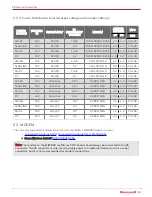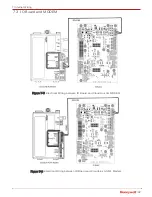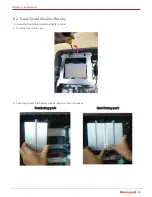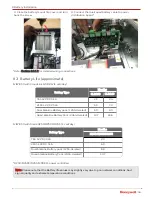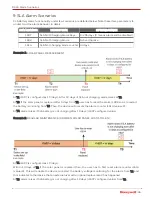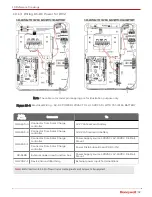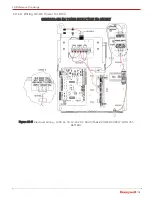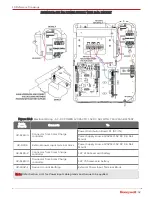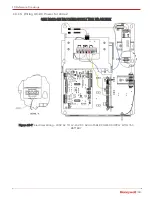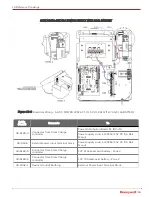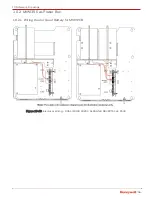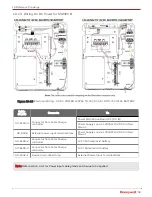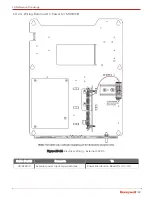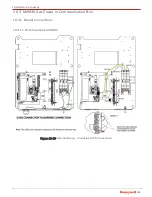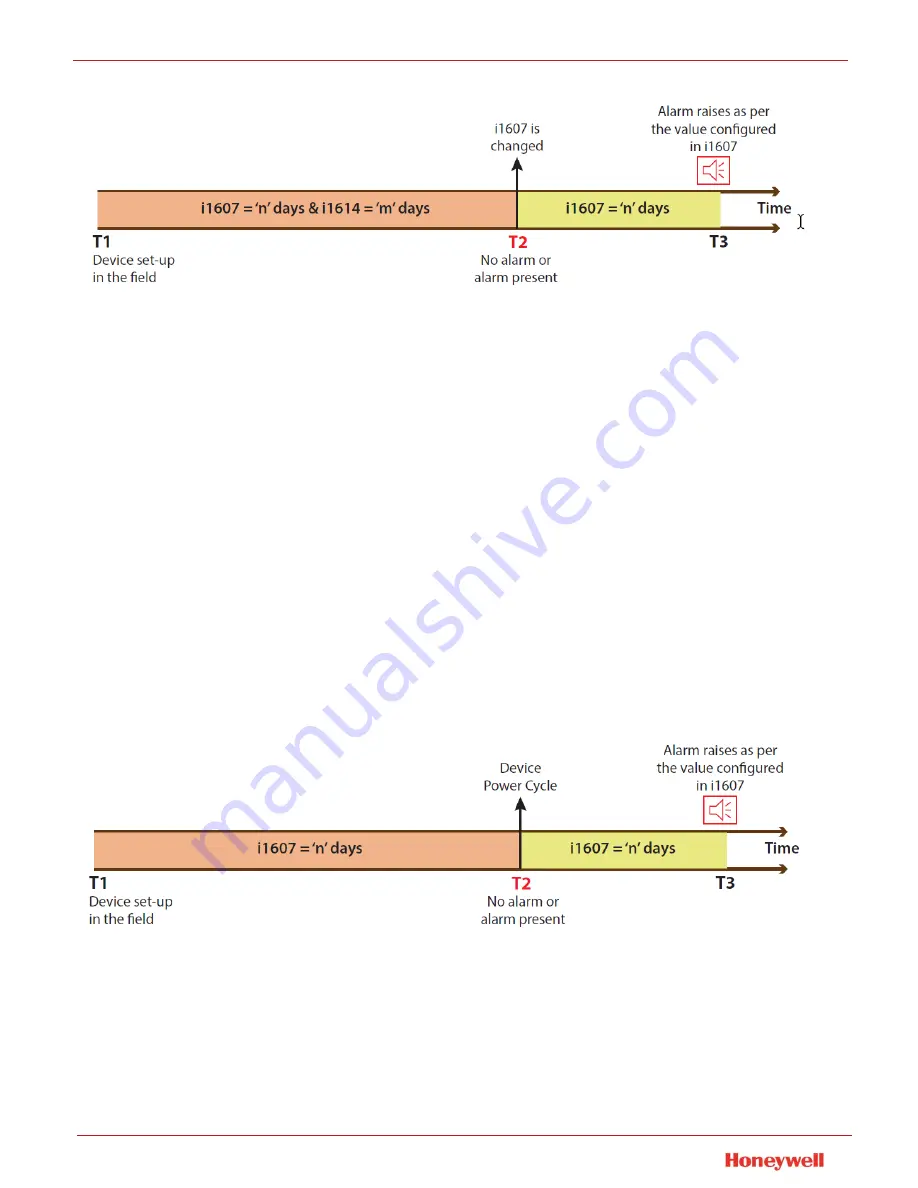
|
46
Scenario 3: WHEN ITEM NUMBER 1607 IS CHANGED
Example:
At T1 i1607 is configured as 10 days and i1614 as 5 days. Considering alarm active or inactive status we
have two conditions as given below:
a. Alarm is Inactive; At T2
– When user changes i1607 to 15 days then, i1614 resumes the count from 5 until the user resets
its value.
– If user changes i1607 to 4 days then, an alarm will be instantly generated as the alarm counter
has already gone beyond 5 days. In order to avoid the immediate alarm raise, user has to first
clear the alarm counter i1614.
– So, when i1614 alarm counter is first reset (value = 0) and i1607 is changed to 4 days then, no
alarm will be generated.
b.
Alarm is Active
; At T1 i1607 is configured as 10 days and i1614 as 15 days.
– After 10 days an alarm will be generated at T2. As the alarm is active, and changing i1607 or the
actual counter value (i1614) will not have an impact on the alarm status. User should clear the
alarm once it is raises so as to allow the battery voltage monitoring from that time.
At T3, alarm raises if SLA battery is not charging after 'n' days (i1607 configured value) from T2.
Scenario 4: NEW INSTALLATION/WHEN DEVICE POWER CYCLE
Example:
At T1 i1607 is configured as 10 days.
At T2 when the device is power cycled, the alarm counter i1614 resets (to zero). At T3, alarm raises if SLA
battery is not charging after 'n' days (i1607 configured value) from T2.
9 SLA Alarm Scenarios


